1965 Shelby Cobra MKIII, 1965 Superformance Cobra MKIII
1965 Shelby Superformance Cobra Mk III Black leather for sale in Santa Ynez, California, United States
| Item location: | Santa Ynez, California, United States |
| Make: | Shelby |
| Model: | Superformance Cobra Mk III |
| Type: | Roadster |
| Trim: | Black leather |
| Year: | 1965 |
| Mileage: | 1,460 |
| VIN: | CA 975278 |
| Color: | Black with Titanium Stripes |
| Engine size: | Roush 427 R |
| Number of cylinders: | 8 |
| Fuel: | Gasoline |
| Transmission: | Manual |
| Drive type: | RWD |
| Interior color: | Black |
| Vehicle Title: | Clear |
| Want to buy? | Contact seller! |
Description for Shelby Superformance Cobra Mk III 1965
AC cars started production after the end of Great War in the London suburb of Thames Ditton. During World War II the little factory turned to military work with vehicle production restarting shortly after the end of hostilities. Britain was financially and physically exhausted by the war with many wounded and disabled military personnel needing to be re-integrated into a society where everything was scarce. What kept AC in business was a contract from the Ministry of Health to supply it with invalid carriages. These were single seater tricycles, made of a pale blue plastic, steered with handlebars and powered by a small BSA motorcycle engine. They must have been among the most dangerous vehicles ever made and if their drivers survived it was only because the carriages were painfully slow and there was very little traffic, even in London, until well into the sixties.Demand for new cars was soaring by the mid 1950's, and AC was eager to go back to building "proper" cars, particularly sporting ones which could command a premium price. Armed with a rigid yet light tubular chassis designed by John Tojeiro and clothed in a simple elegant body, ostensibly designed by Charles Grey although appearing to have been taken directly from the Touring designed Ferrari 166 Inter of 1950, AC started selling their transverse leaf sprung Ace late in 1953. It used AC's wheezy old 2 liter long stroke six from the 1930's yet performed adequately due to its sweet handling, a product of the car's lightness, rigidity and balance. A significantly more powerful two liter Bristol engine became available as an option in 1956 as later did a three liter straight six Ford Zephyr engine, modified by Ruddspeed, to replace the Bristol that was ceasing production.
In 1962 William Hurlock the Managing Director of AC was approached by Carroll Shelby who needed a car to take on Chevrolet Corvettes in US sports car racing. Shelby saw that Ford's new lightweight 260 cu.in. V8 from the Ford Fairlane would be a a perfect heart transplant for the Ace while still preserving its balance. The resulting car was powerful yet easy to drive and was named the Cobra. The 4.2 liter engine appeared in a few early production cars before the thinwall iron block received a bore increase to 4.0" and an increase in capacity to 4.7 liters or 289 cu.in. The new larger capacity engine was slightly lighter and had both more power and torque than its predecessor so in time most of the earlier cars received the new engine too. The Cobra was an immediate success, both in the American Market and on the track but by the end of 1964 the new more aerodynamic Ferraris had rendered the Cobra 289s less competitive so Carroll Shelby decided he needed a bigger engine. This mandated a new, more robust, coil sprung chassis with wider wheels and tires which, when married to Ford's 427 cu. in. engine and with a body suitably bulged and flared to accommodate it, became the Mk III Cobra. By the end of 1966, with Ford now owning the Cobra name and the racing program at an end Shelby was left with some 30 unsold cars. These were fitted with competition engines breathing through asingle four barrel Holley carburetor,side exhausts, even wider fender flares to house racing tires, plus a roll bar and were sold to the public as Cobra 427 S/Cs ( for semi-competition). These have become the most sought after and widely replicated Cobras of all.
It's a tribute to the essential purity of Touring's original design that fifteen years after it first appeared and housing an engine of more than three times the horsepower and capacity of the Ferrari original the Mk III still looked right. It's true that the car had become more purposeful, some say even brutal, yet it retained the perfect proportions of the original and it's this timeless look that has the Mk III Cobra generating more demand and selling in far greater numbers than either AC or Carroll Shelby could have imagined when original production ceased over fifty years ago.
Most of today's Cobras are easily identifiable from a distance even if the wheels are wrong or the car's stance looks somewhat off. As one gets closer, inaccuracies become increasingly obvious. Inauthentic seats, an overlarge windscreen or one raked at an incorrect angle. Closer still one might spot an oil cooler intake that's not quite the right shape, a roll bar that's too high or too vertical. Even closer, the astute observer might notice an incorrect gas cap mounted in the wrong place or exhausts that don't quite match the shape or diameter of the originals. Finally, right next to the car, the knowledgeable observer might find instruments that are other than the original Smiths units, an incorrect gear lever shape or placement, or the wrong seat belts and seat patterns, etc., etc.
Perfect visual replication is expensive and this is part of the reason why the very best Mk IIIs are worth, and cost more. Only two manufacturers' cars meet this standard, the Superformance MK III, of which this car is probably the best and newest available anywhere, and the Kirkham which is made of alloy and costs more than half as much again. Technology has, of course, changed over the sixty plus years between the original Cobra and today's cars. Sixty years ago fiberglass could be, and usually was, pretty nasty - heavy, dull, lumpy and crack prone. Alloy, on the other hand was at that time the best choice for lightweight limited production car bodies despite its softness and susceptibility to dent, corrode or suffer fatigue. Today, this is no longer the case and Superformance bodies, made of hand laminated fiberglass and modern phenolic resins with generous reinforcing inserts, are arguably superior to alloy bodies while both, when properly prepared and using modern paints, provide a finish, that not only withstands the closest scrutiny but is far superior to the original.
The Superformance MKIII is the only Cobra replica built under license from Carroll Shelby Licensing Inc.
This car was ordered from Superformance in August 2012 and delivered to Voss Performance in Orange County California for drivetrain installation and setup early in November. Upgrades include ceramic coated headers and sidepipes, a tonneau cover, stainless steel quicklifts, titanium silver stripes and a polished stainless steel header tank. This car is chassis # SP03081. During the build far superior Avon tires replaced the original BF Goodrich items and the ball joints were upgraded per Eric Voss' recommendation. The car's owner is a skilled aerobatic pilot as well as being an experienced formula and sports car competition driver and was closely involved in this process. The Roush engine is considerably more powerful and sophisticated than the Ford 427 side oiler that is often used as a less costly alternative in MK IIIs and has been further uprated with a larger carburetor, carefully matched and set up by Eric Voss. it's estimated that this adds around twenty more horsepower to the "as delivered" engine. In February 2013 the completed Cobra was registered in California under the limited and prized SB 100 program. This is one of those cars to which the phrase "if it looks right, it is right" applies and the accompanying photographs speak for themselves. It has been lightly and intelligently used as part of a small collection and is being sold to make way for another aircraft.
Registered and titled as a 2013 car in California, the VIN is too short for eBay to accept, hence the posting shows it as a 1965 model. The SB 100 California registration means that the car can be registered anywhere in the world.
At the Gooding Company auction accompanying August's Monterey Historic Races an early production 427 Cobra, CSX 3165, was expected to bring between $1.2 - $1.6 million before buyer's commission. That car had been restored several times, and was a standard production car with no significant history. It's less powerful than the Superformance car being offered here, less well balanced and arguably less good looking. While it failed to sell it was still bid to over a million dollars! It makes you think, doesn't it?
Superformance sell their cars completely finished except for engine and transmission and they do a superlative job: why then is there such a range of prices between ostensibly similar cars? It's all in the way the car is set up. Dropping in an iron blocked 427 Ford engine and four speed top loader gearbox may be relatively inexpensive but it puts well over a hundred pounds more on the front wheels and the gear change is like stirring a box of rocks. Presently, with less than 1,500 miles on the odometer this Cobra still isn't completely broken in. It's very fast, vice free and everything works as it should. While the careful, intelligent and knowledgeable setting up the car has received wasn't cheap it means that this Cobra drives and handles as well as it looks.
If you've ever wanted a 427 Cobra, this is the one to have. Give it a try!


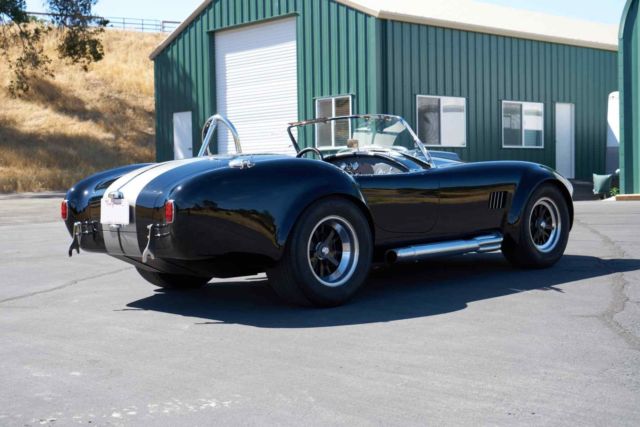
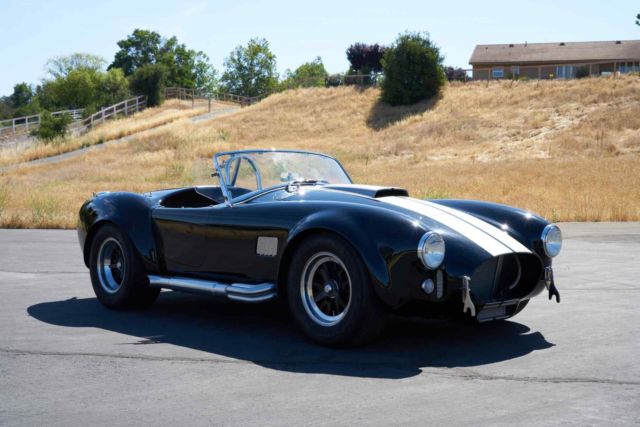
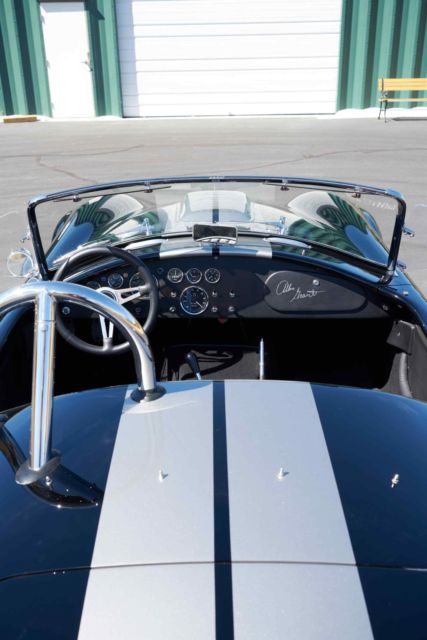
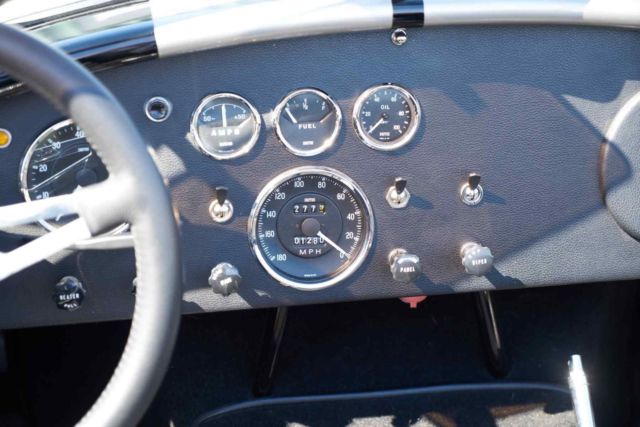
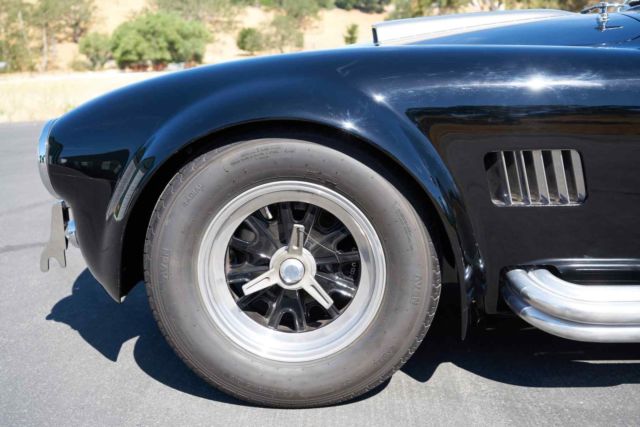
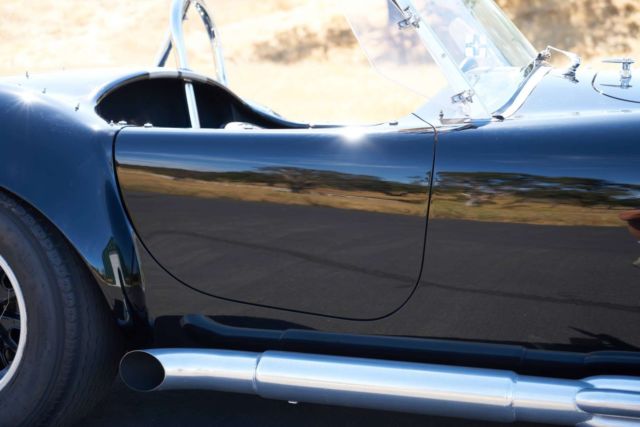

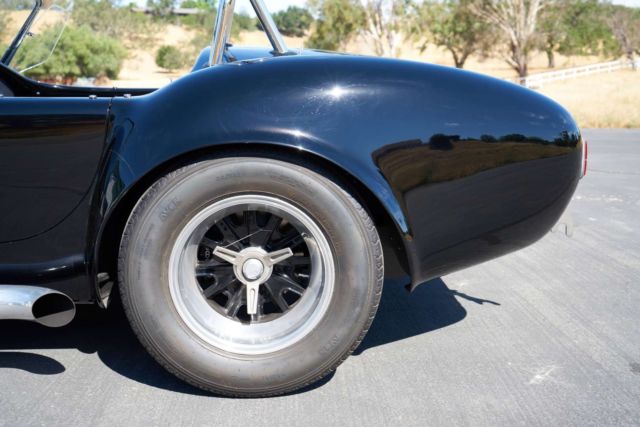

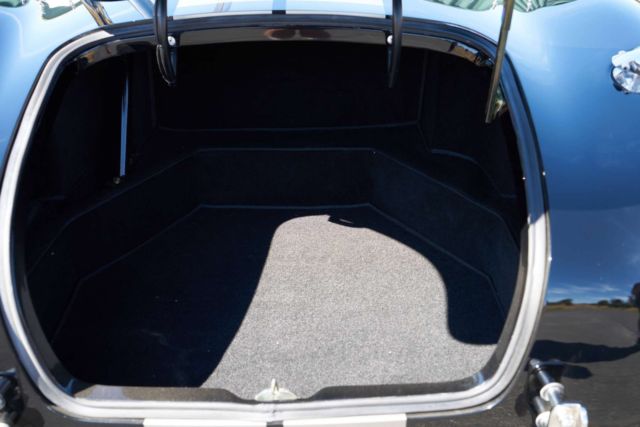
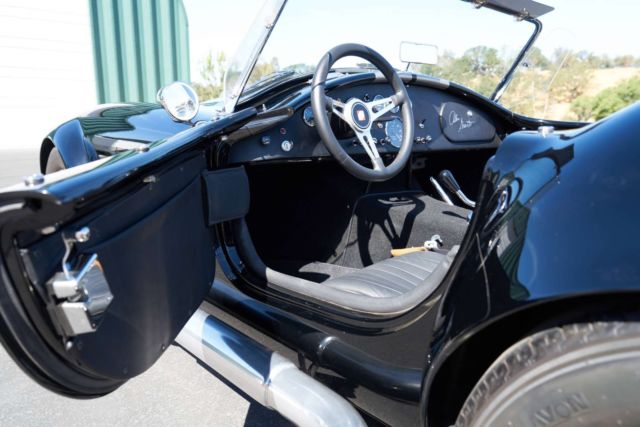
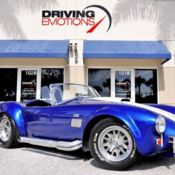 1965 Superformance MKIII Cobra Superformance Shelby Cobra Replica 2289 Miles Blu
1965 Superformance MKIII Cobra Superformance Shelby Cobra Replica 2289 Miles Blu
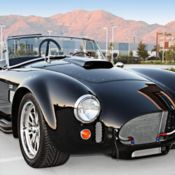 1965 Other Makes MKIII Cobra Superformance Shelby Cobra Replica
1965 Other Makes MKIII Cobra Superformance Shelby Cobra Replica
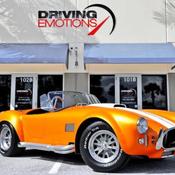 1965 SUPERFORMANCE COBRA MKIII! SHELBY COBRA REPLICA! PEARL ORANGE! LOW MILES!!
1965 SUPERFORMANCE COBRA MKIII! SHELBY COBRA REPLICA! PEARL ORANGE! LOW MILES!!
 1965 SUPERFORMANCE COBRA MKIII SHELBY COBRA REPLICA! 427 ROUSH! LOW MILES! RARE!
1965 SUPERFORMANCE COBRA MKIII SHELBY COBRA REPLICA! 427 ROUSH! LOW MILES! RARE!
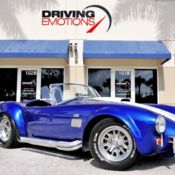 1965 SUPERFORMANCE COBRA MKIII SHELBY COBRA REPLICA! 5.0L COYOTE MOTOR! AMAZING!
1965 SUPERFORMANCE COBRA MKIII SHELBY COBRA REPLICA! 5.0L COYOTE MOTOR! AMAZING!
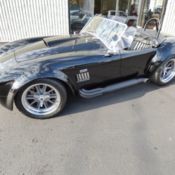 1965 Shelby Cobra Superformance MKIII
1965 Shelby Cobra Superformance MKIII
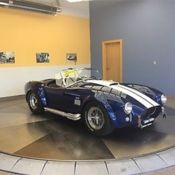 1965 Shelby Cobra MKIII Superformance
1965 Shelby Cobra MKIII Superformance
 1965 Superformance Shelby Cobra MKIII 427
1965 Superformance Shelby Cobra MKIII 427
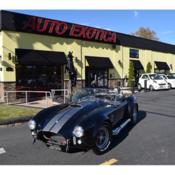 1965 Shelby COBRA SUPERFORMANCE MKIII 427
1965 Shelby COBRA SUPERFORMANCE MKIII 427
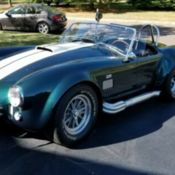 Shelby Cobra 1965 Superformance model MKIII.
Shelby Cobra 1965 Superformance model MKIII.